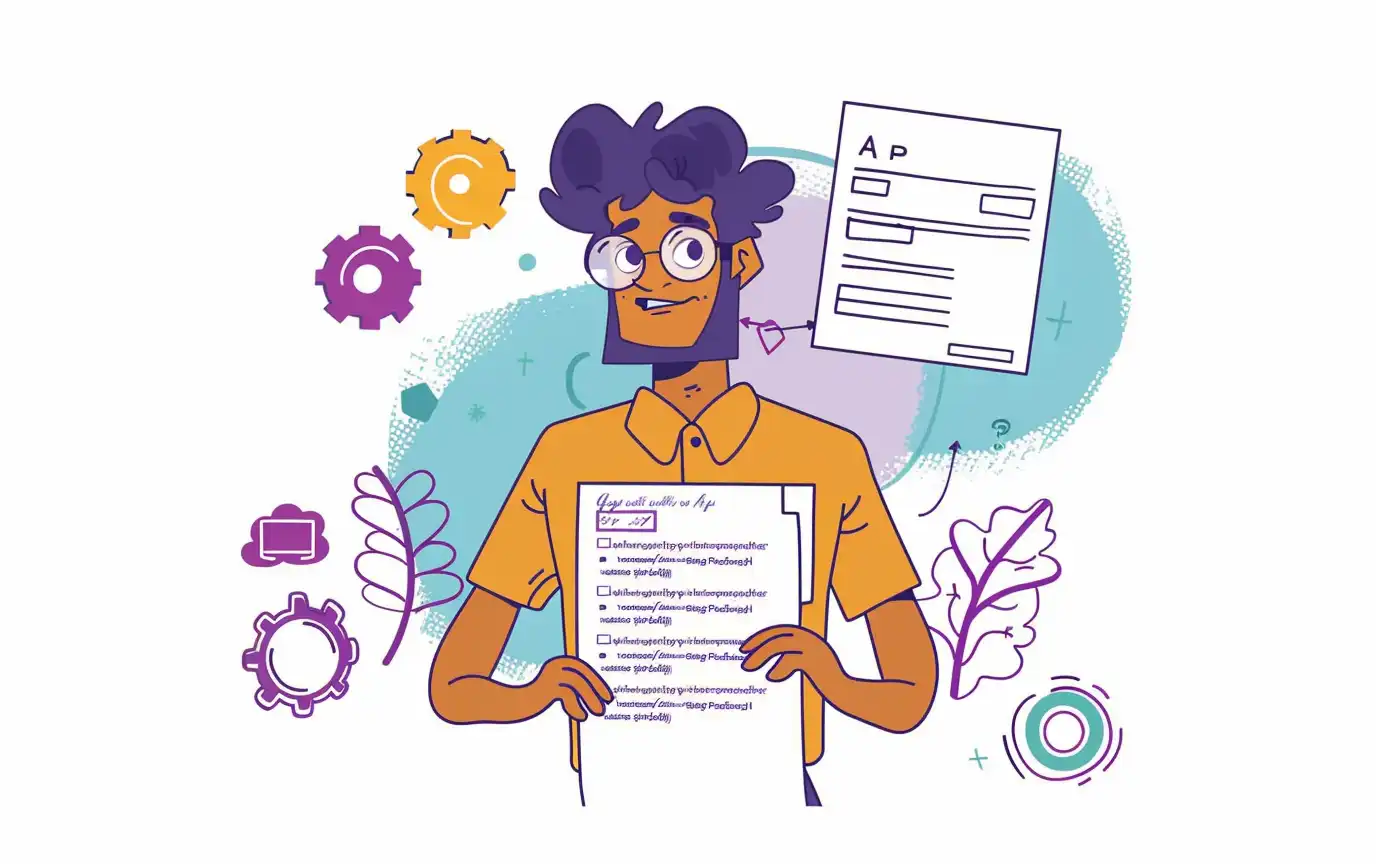
Subscribe Here and Stay Up to Date
May 30, 2024


In the digital age, applying for jobs online has become the norm, but many job seekers are still in the dark about how Applicant Tracking Systems (ATS) work. This post aims to debunk some common myths about ATS optimization and shed light on what truly matters when submitting your resume online.
Applicant Tracking Systems are software tools used by many companies to sift through the large volume of resumes they receive. These systems use algorithms to rank resumes based on their relevance to the job description. This allows the hiring team to focus on the most promising candidates, saving time and resources. However, the mechanistic nature of these systems can lead to qualified candidates being overlooked if their resumes are not properly optimized for the ATS.
To improve their chances of passing through the ATS, job seekers often resort to stuffing their resumes with keywords and adhering to strict formatting rules. While these tactics can help, they are not the be-all and end-all of ATS optimization. In fact, overuse of keywords or improper formatting can sometimes be counterproductive, leading to lower rankings or even outright rejection by the ATS.

When it comes to ATS optimization, content and relevance are king. This means that your resume should not only contain the right keywords but also present them in a meaningful and relevant context. Simply listing keywords or skills without demonstrating how you have used them in your previous roles will not impress the ATS. Furthermore, your resume should be tailored to match the specific job description. Generic resumes often fail to pass through the ATS because they do not sufficiently align with the job requirements. To improve your ATS ranking, make sure to highlight your most relevant skills and experiences, and show how they relate to the job you are applying for.

AI-based resume building tools like Up Your App can greatly assist in ATS optimization. These tools analyze your existing resume and the job description, and suggest modifications to improve your ATS ranking. By using natural language processing and machine learning algorithms, they can identify the most relevant keywords and phrases, and help you incorporate them into your resume in a meaningful way. This allows you to tailor your resume to each job application, increasing your chances of passing through the ATS and landing an interview.
While ATS optimization can seem daunting, understanding how these systems work and adapting your resume accordingly can significantly increase your chances of success. The advent of AI-based tools like Up Your App presents a great opportunity for job seekers to improve their resumes and navigate the complexities of ATS optimization.
In conclusion, ATS optimization is not just about keyword stuffing or strict formatting. It's about presenting your skills and experiences in a way that aligns with the job description and demonstrates your value to the potential employer. By leveraging AI tools and focusing on content and relevance, you can improve your ATS ranking and increase your chances of landing your dream job.